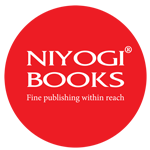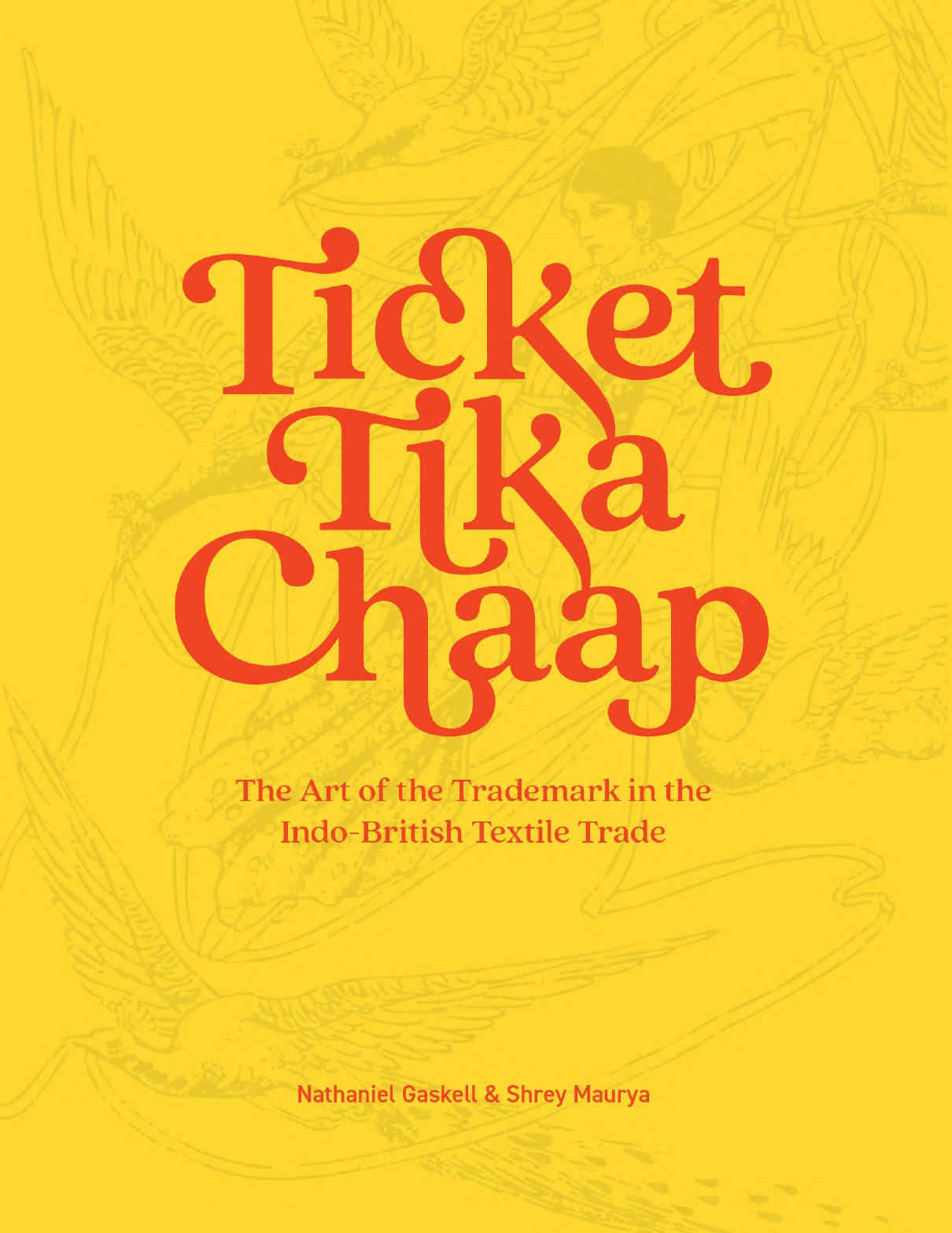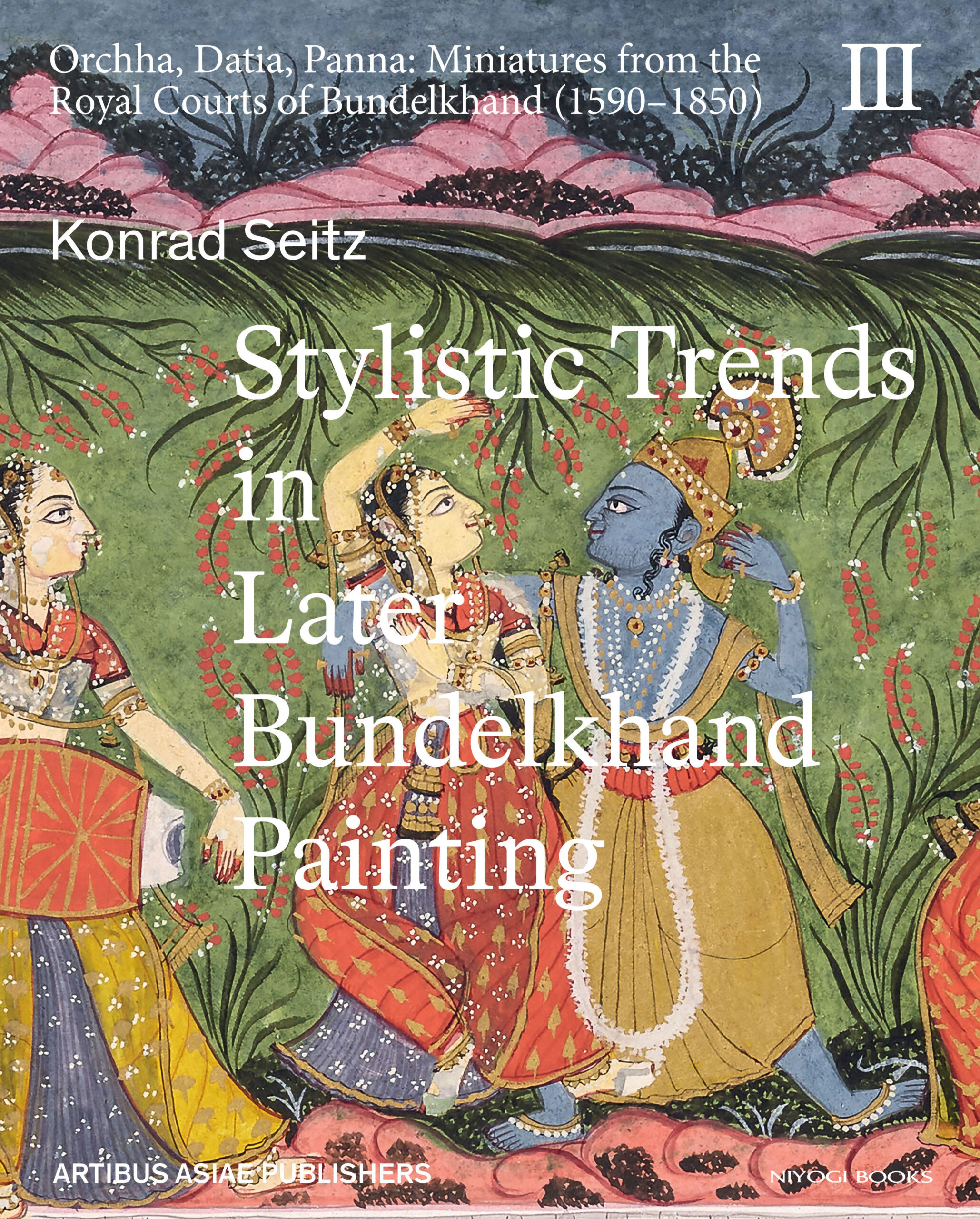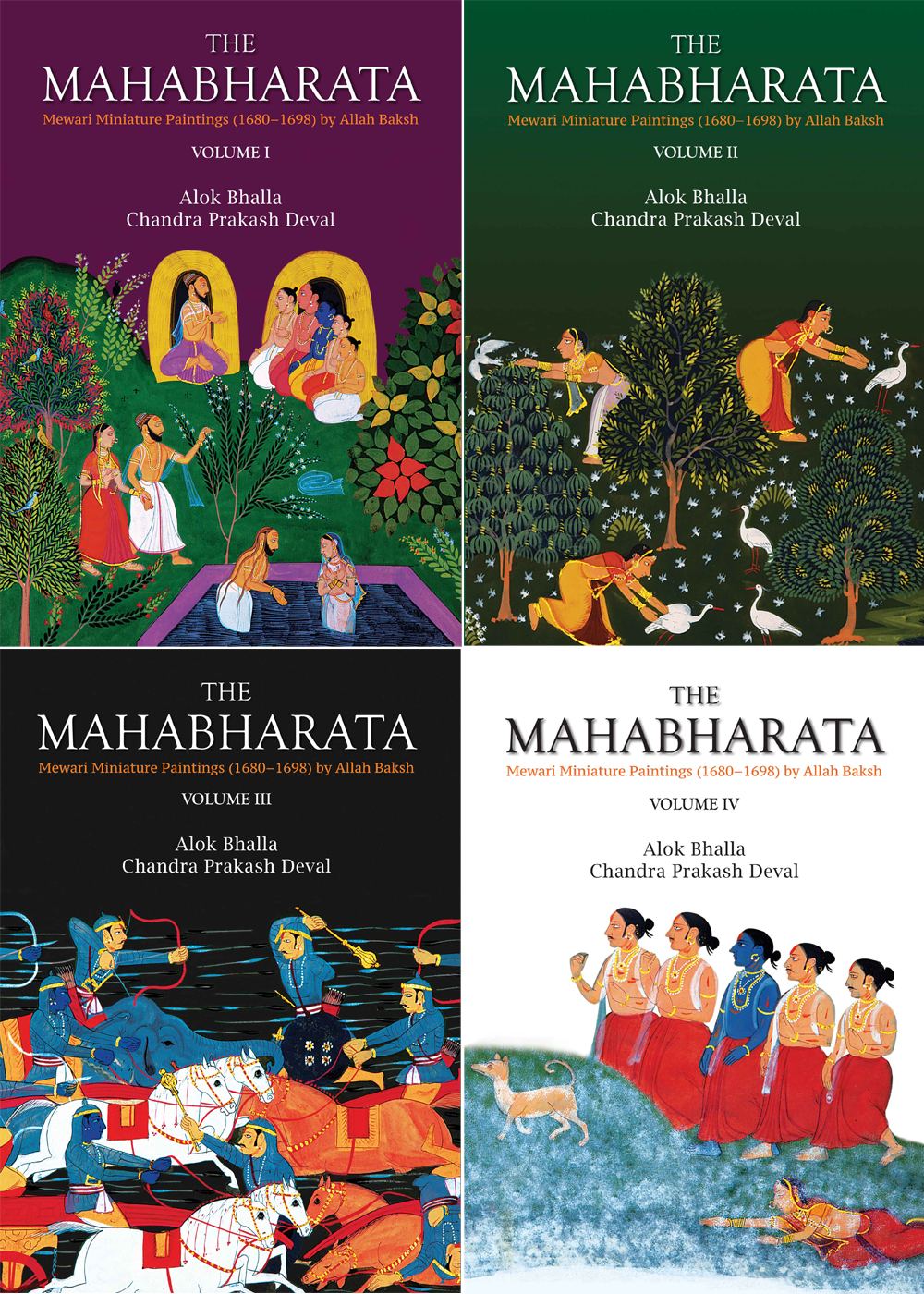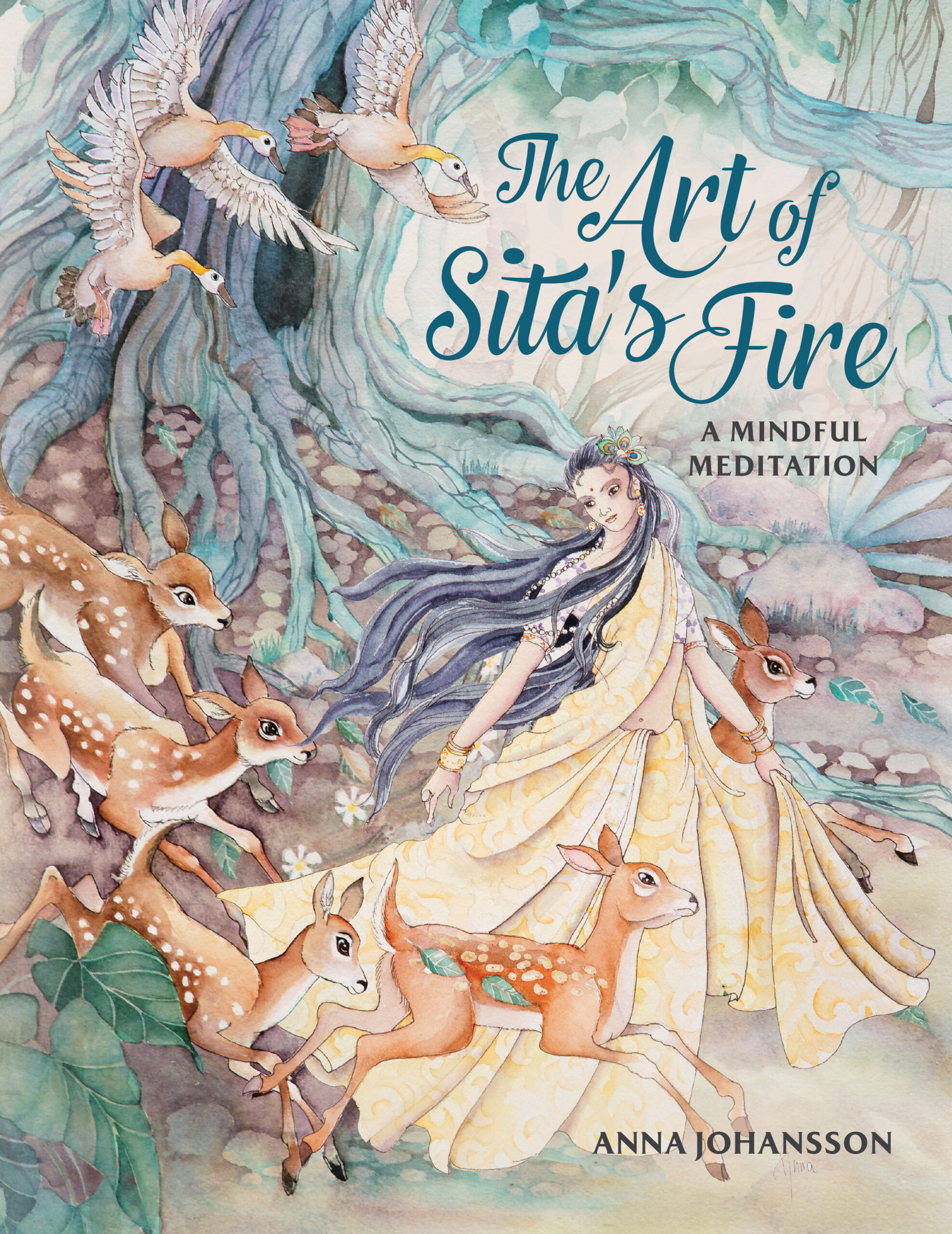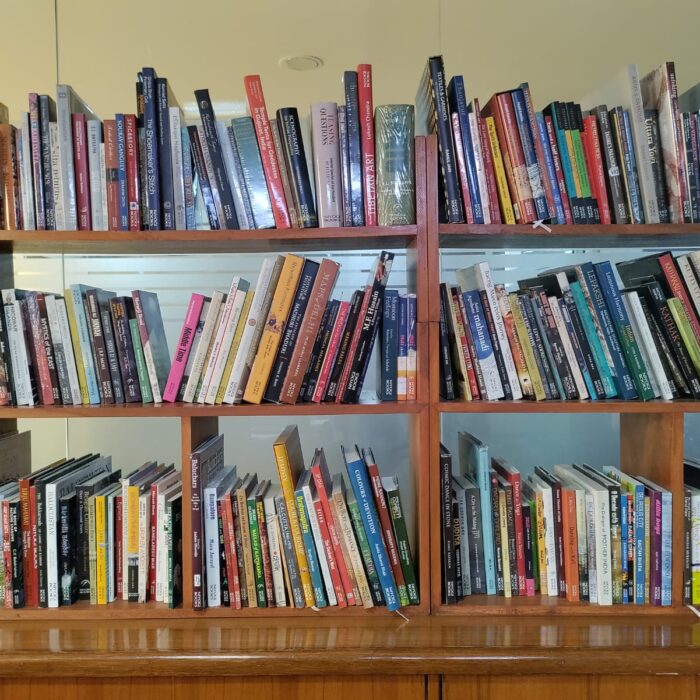Sign up and get notified with new article for free!

Book
Nainsukh of Guler
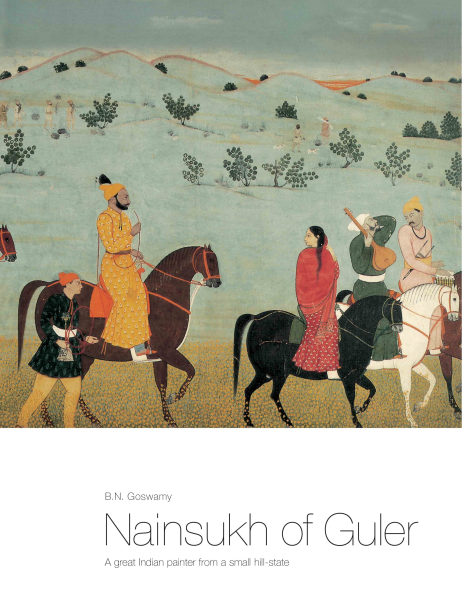
Nainsukh of Guler : A Great Indian Painter from a Small hill-State
“To trace the life and career of a painter (of the past) in India is”, as the author says, “somewhat akin to following the course of an earthen lamp on swift waters.” The glow is bright and warm, and one can keep it within sight for a while, but things can quickly turn and uncharted vastness takes over. However, knowing this and going against the prevailing (perhaps even comfortable) state of anonymity that is almost a defining condition of the arts in India, this book concerns itself with simply one painter: Nainsukh. The glow that comes from his work is remarkably bright and warm, and tracing its course, however briefly, yields a very special pleasure. Born ca. 1710 to a family of painters in Guler, a small and little known state now merged in Himachal Pradesh, Nainsukh attached himself for the greater part of his career to an equally little known prince of Jasrota, Balwant Singh. From that obscure corner of the hills, through the coming together of a discriminating patron – a true connoisseur – and a painter of genius, emerged a body of work that is compelling: startling in its freshness and heart-warming in its humanity. In this book, which is the result of painstaking research spread over many years, Professor B.N. Goswamy has brought together all of Nainsukh’s known or ascribable oeuvre: close to a hundred paintings, painted sketches, and drawings which contain the first flush of his thoughts. Nainsukh of Guler is perhaps the first ever book to appear on a traditional painter of the past in India. It is a path-breaking work: illuminating in its scholarship and written in a flowing, almost poetic style. Justly, it has received world-wide notice, and has attained the status of a classic.
|
